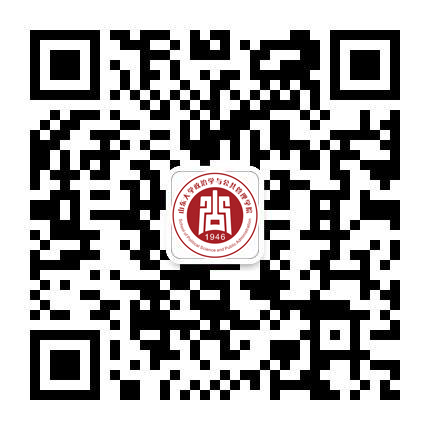摘要:China's urban and rural landscape has been undergoing tremendous changes since the introduction of the Chinese version of Transferable Development Rights programme, known as the "Link Policy", which calls for rural resettlement and land consolidation for farmland preservation and urban development. Aiming to examine the influence of the Link Policy on urban growth, this paper used Ezhou located in central China as the case study and modelled urban growth scenarios before and after the policy implementation with the development of a Logistic-Markov-CA model. The established model shows sufficient accuracy in modelling the urban growth pattern under the Link Policy and justified that new expansion of urban areas appeared on the planned new towns and industrial parks after the policy implementation instead of the growth of original sites prior to the Link Policy. Additionally, with the analysis of modelling results and the understanding of Ezhou urban developments before and after the Link Policy implementation, policy implications are provided for future Ezhou development.
关键词:LAND-USE CHANGE;CELLULAR-AUTOMATA;LOGISTIC-REGRESSION;COVER DYNAMICS;CONSOLIDATION;REGION;CITY;ALLOCATION;FRAMEWORK;EXPANSION
DOI:10.1016/j.eiar.2022.106830
原文刊载于:ENVIRONMENTAL IMPACT ASSESSMENT REVIEW,SEP 2022
原文链接:https://www.sciencedirect.com/science/article/pii/S0195925522000968?via%3Dihub

 扫一扫
扫一扫